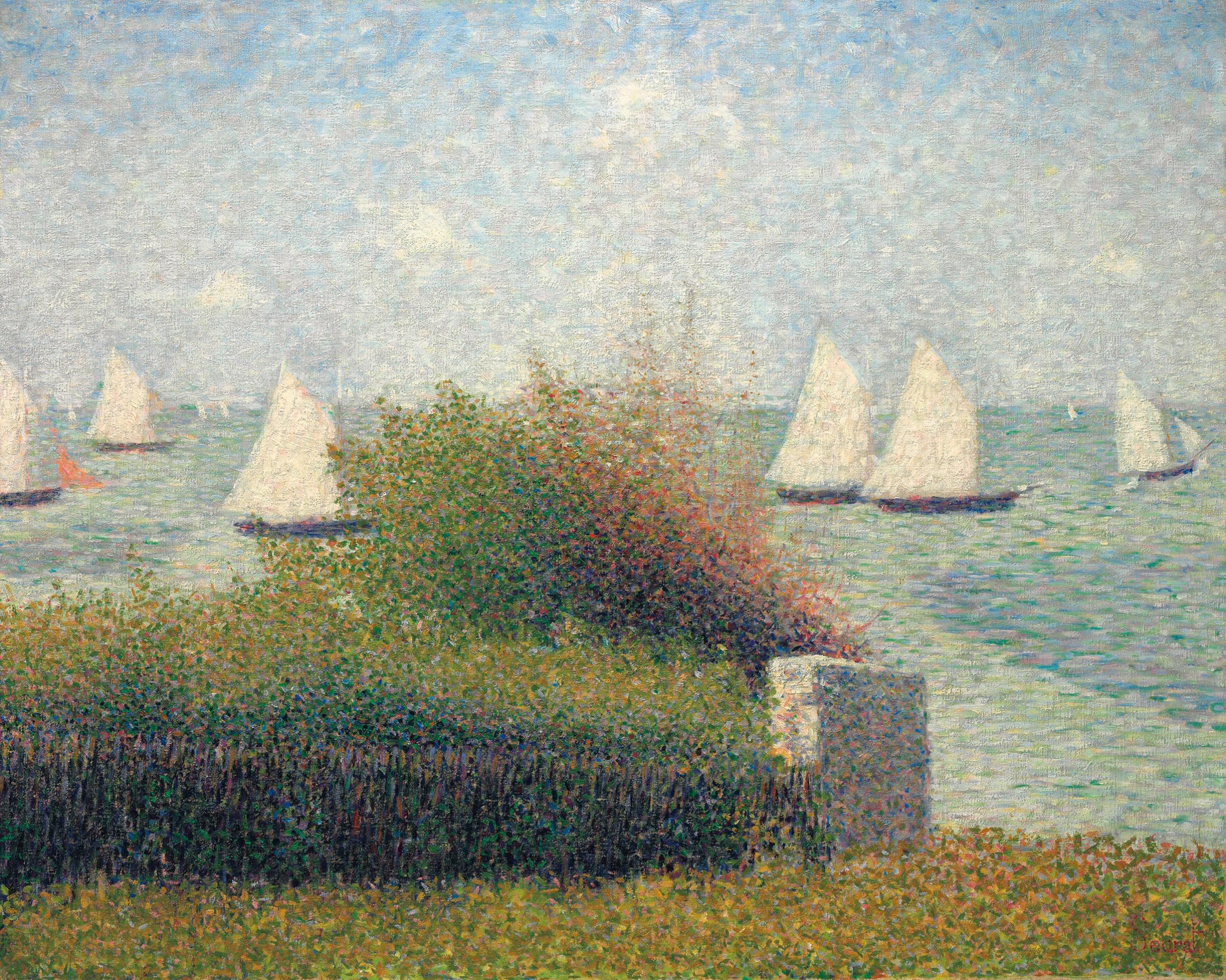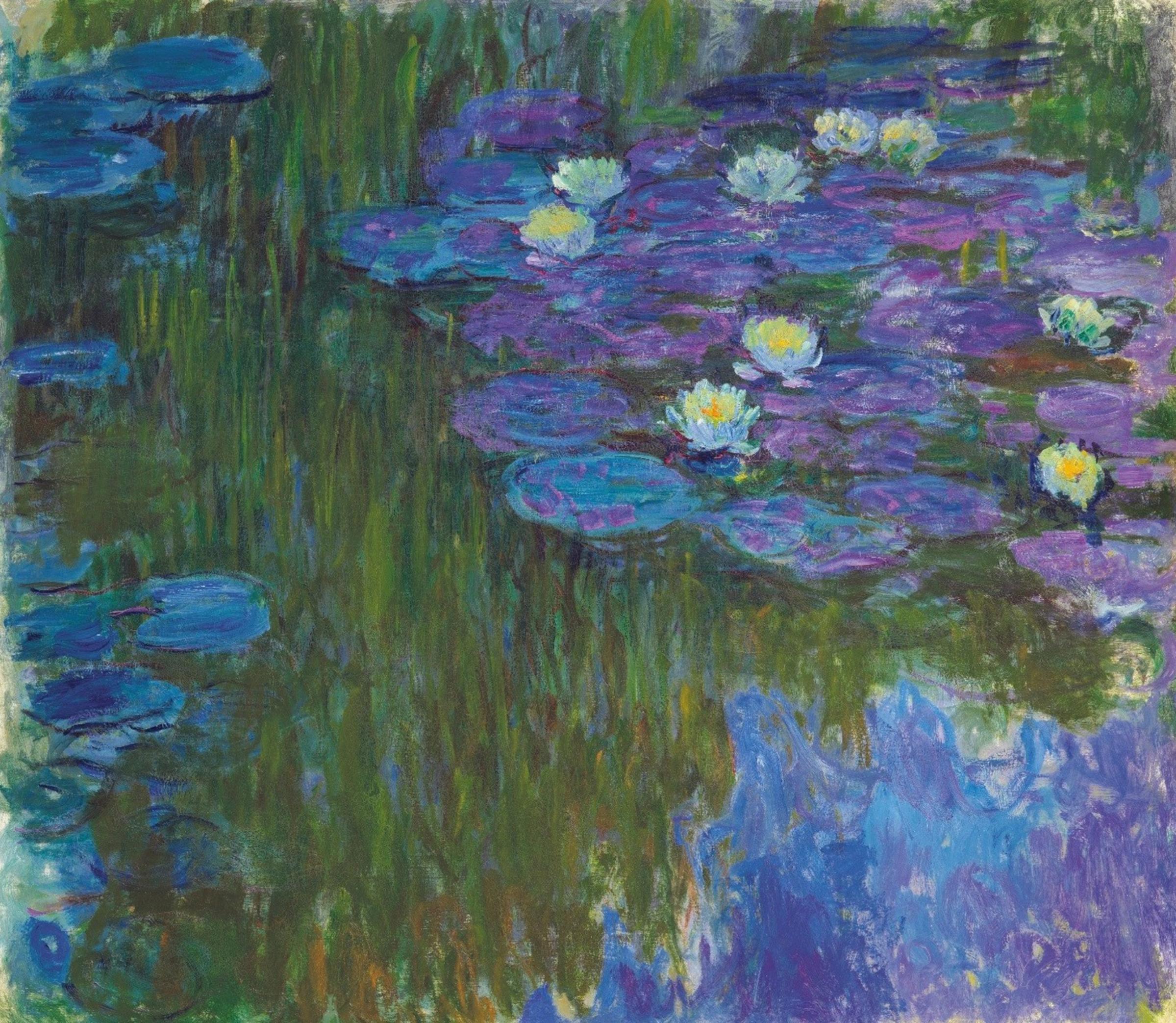When the art collection of David and Peggy Rockefeller is put up for sale by Christie’s on Tuesday, the result is expected to be massive: the auction is predicted by some to be perhaps the biggest such sale, by dollar value, in history. A Christie’s auctioneer told Reuters that the collection could go for upwards of $500 million. The earnings from the sale will go to charity.
It’s perhaps a somewhat surprising end for a collection that started with an insult about the Rockefellers’ lack of taste in art.
The collection belonged to billionaire philanthropist and former Chase Manhattan chief David Rockefeller, who died about a year ago at 101, and his late wife. As the grandson of John D. Rockefeller, the Gilded Age industrialist who co-founded Standard Oil Company, David Rockefeller had grown up surrounded by masterpieces. But he wasn’t passionate about collecting anything but beetles until he was literally shamed into it. Shortly after being elected to the board of the Museum of Modern Art in 1948, Marga Barr — wife of the museum’s first director, Alfred Barr — asked the Rockefellers why they had so many paintings of “little men in red coats” at their home on Manhattan’s Upper East Side, dissing the mostly nondescript 18th century British paintings of fox hunting, equestrian scenes and British officers she saw during a tea there.
“Peggy and I were taken aback by her bluntness and more than a little annoyed but, upon reflection, had to admit the art on our walls wasn’t of great caliber,” Rockefeller wrote in his memoir. “We decided then and there to place more emphasis on quality in our purchases.”
The Barrs taught them about late 19th century and early 20th century art, and guided them as they cultivated their collection of Impressionist and modern art, which was assembled mostly in late 1940s through the early 1960s. In a trend piece about businessmen buying up art in the April 1960 issue of Fortune, he declared, “Business should support the art of today as the Medici of Florence did.”
Within a decade, they had become skilled collectors; it was in 1958 that they acquired one of the paintings that is of particular interest in this week’s sale: Henri Matisse’s Odalisque couchée aux magnolias, painted in Nice, France, in 1923. The Rockefellers purchased it from Chicago modernist art collector Leigh Block. Now, Christie’s hails it as “the most important work by the artist to be offered on the market in a generation.” Believed to be worth around $70 million, it’s also the highest estimated work by Matisse to ever be offered at auction.
The post-war period was a good time to start collecting, says Peter J. Johnson, the Rockefeller family historian who helped Rockefeller write his memoir. “A lot of art was starting to become available and quite frankly it’s because many of the people who had owned this art in Great Britain or France were still recovering from the war, and the one thing that they had that was liquid were paintings,” he says. “Often times they made these things available and these things began to move into American collections.”
Below are three acquisitions in this week’s auction that, as Johnson explains it, show how Peggy and David Rockefeller approached art collecting:
La Rade de Grandcamp

Artist: Georges Seurat
Painted: 1885
Estimated Worth: $40 million
Painted in the small fishing commune of Grandcamp on the coast of Normandy during the summer when the artist hit his stride, it was acquired when David and Peggy were hitting their stride as art collectors. Johnson calls it “one of the first three great acquisitions” for his collection, along with Paul Cézanne’s Boy in a Red Vest (1888–90), now at MoMA, and Édouard Manet’s The Brioche (1870) now at the Metropolitan Museum of Art. They were bought in 1955 from the collection curated by the wife of mining magnate Chester Beatty. The auction house describes it as “a key work in the founding of the Neo-Impressionist movement, at one of the decisive moments in the evolution of early modernist painting.”
“This painting was our introduction to the pointillist style and led to the acquisition of other paintings in a similar mode,” Rockefeller once said of the painting. But it resonated on a more personal level with the family, too: “We probably chose this one because it has sailboats in it and we love to sail.”
Nymphéas en Fleur

Artist: Claude Monet
Painted: 1914-1917
Estimated Worth: $50 million
While on a business trip to Paris in 1956, the Rockefellers purchased this serene scene, painted by Monet in his Giverny garden against the backdrop of the First World War. Barr tipped Rockefeller off that the art dealer Madame Katia Granoff had just acquired a large number of the artist’s paintings from the artist’s son Michel.
“Serious collector interest in Monet’s later works had only just begun when we visited Madame Granoff’s gallery,” Rockefeller wrote in his memoir. “One, which almost certainly was painted in the late afternoon and in which the water is a dark purple and the lilies stand out a glowing white, we bought immediately.” Among the largest and most brilliantly colored works Monet produced, the purchase helped reinvigorate interest in the artist’s later works, paintings of water lilies done in broad brushstrokes, because that style of painting was all the rage with the New York School of Abstract Expressionism dominating the art scene at the time.
Fillette à la Corbeille Fleurie

Artist: Pablo Picasso
Painted: 1905
Estimated Worth: $100 million
This painting is among the most valuable in the collection because Picasso painted it at his peak, during his Rose period. He wasn’t at his peak financially, however, still living hand to mouth in Montmartre, Paris. He lived there until 1905, when the brother-and-sister dynamic duo of collectors Leo and Gertrude Stein bought a few of his paintings, including this “charming thing, a lovely thing, a perplexing thing,” as Gertrude Stein described it.
After Gertrude Stein died, it was given to Alice B. Toklas in 1946, and in 1968, Rockefeller was part of a group of financiers assembled to acquire the writer’s collection. They picked numbers out of a felt hat. Rockefeller drew No. 1 and chose the above painting, hanging it in the library of Rockefellers’ Upper East Side townhouse.
“Depending on who he was talking to, it was either his favorite painting or one of his favorite paintings,” says Johnson. “David would usually be sitting not quite under it, but off to one side. Because the woman is nude, she’s a young girl, and she has this ferocious expression, I think he liked to see the look on people’s faces when they walked through the door and saw this thing.”
More Must-Reads from TIME
- Where Trump 2.0 Will Differ From 1.0
- How Elon Musk Became a Kingmaker
- The Power—And Limits—of Peer Support
- The 100 Must-Read Books of 2024
- Column: If Optimism Feels Ridiculous Now, Try Hope
- The Future of Climate Action Is Trade Policy
- FX’s Say Nothing Is the Must-Watch Political Thriller of 2024
- Merle Bombardieri Is Helping People Make the Baby Decision
Write to Olivia B. Waxman at olivia.waxman@time.com